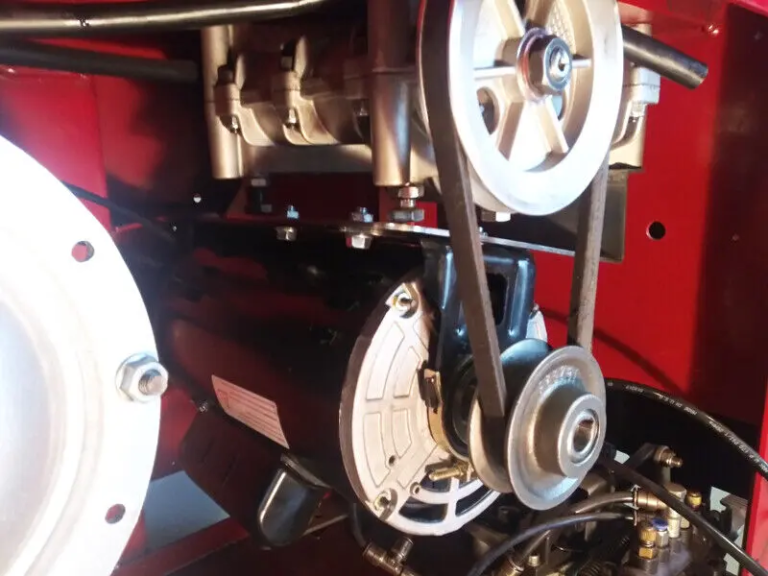In terms of manufacturing, the two most widely used methods are CNC (Computer Numerical Control) processing and conventional processing. Both approaches have their own set of advantages and disadvantages, and the choice between them depends on several factors, including the type of material used, the complexity of the design, and the level of precision required.
CNC machining is a highly automated process that uses computer-controlled machines to make parts. These machines have been programmed with specific instructions, which allows precise control of the cutting tool and lead to highly accurate, consistent parts. CNC machining is especially useful for complex designs and small parts because it can produce complex details and precise tolerances.
On the other hand, traditional machining is a more traditional method that relies on manual operation of machines. Traditional machining uses machines such as milling machines and drilling rigs operated by skilled mechanics. Although traditional machining can produce high-quality parts, it can be more time-consuming and labor-intensive than CNC machining, especially for complex designs.
One of the main advantages of CNC machining is its ability to produce parts quickly and efficiently. CNC machines can run 24/7 without rest or manual intervention, making them ideal for mass production. In addition, CNC machining can produce high-precision and accurate parts, which is particularly important in industries such as aerospace and automotive.
However, traditional processing also has its own set of advantages. For example, traditional machining may be more cost-effective for small batches or disposable parts, as it does not require investment in specialized equipment and programming. In addition, traditional machining can improve flexibility and adaptability, as mechanics can adjust and change as needed.
From an excellent perspective, we specialize in five-axis CNC machining, which allows us to manufacture complex parts with high accuracy and accuracy. Our advanced equipment and production technology enables us to quickly and effectively solve metal parts manufacturing problems, and we can also provide one-stop post-processing and completion services. Whether you need customized precision machining or rapid prototyping, our team of experts can help you achieve your goals.
In summary, the choice between CNC machining and conventional machining depends on several factors, including the type of material used, the complexity of the design, and the level of accuracy required. Although CNC machining has advantages in speed, efficiency and accuracy, traditional machining can be more cost-effective and flexible for small batches or disposable parts. It is very obvious that we offer a range of CNC machining services, including five-axis machining, to help you achieve your manufacturing goals.
FAQ (FAQ)
Q: What is the difference between CNC processing and conventional processing?
A: CNC machining is a highly automated process that uses computer-controlled machines to make parts, while conventional machining relies on the manual operation of the machine.
Q: What are the advantages of CNC processing?
A: CNC machining has advantages in speed, efficiency and accuracy, making it ideal for mass production and complex designs.
Q: What are the advantages of routine processing?
A: For small batches or disposable parts, traditional machining can be more cost-effective and can increase flexibility and adaptability.
Q: Which type of material is available for CNC processing?
A: Most materials can be used in CNC processing, including metals, plastics and composites.
Q: How long does it take to process CNC?
A: The time required for CNC machining depends on the complexity of the design, the type of material used, and the volume of the parts generated.
Q: Can excellent light provide post-processing and completion services?
A: Yes, excellent lighting can provide one-stop after-treatment and finishing services including burrs, grinding and polishing.

















